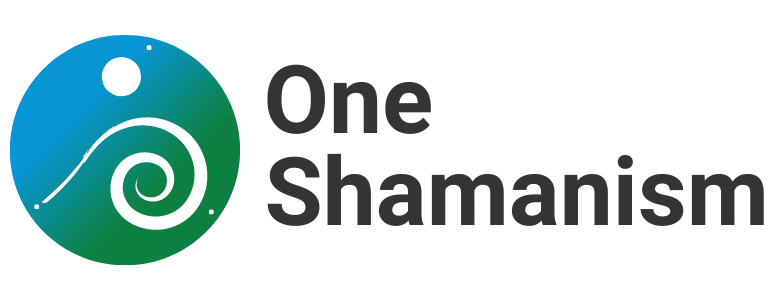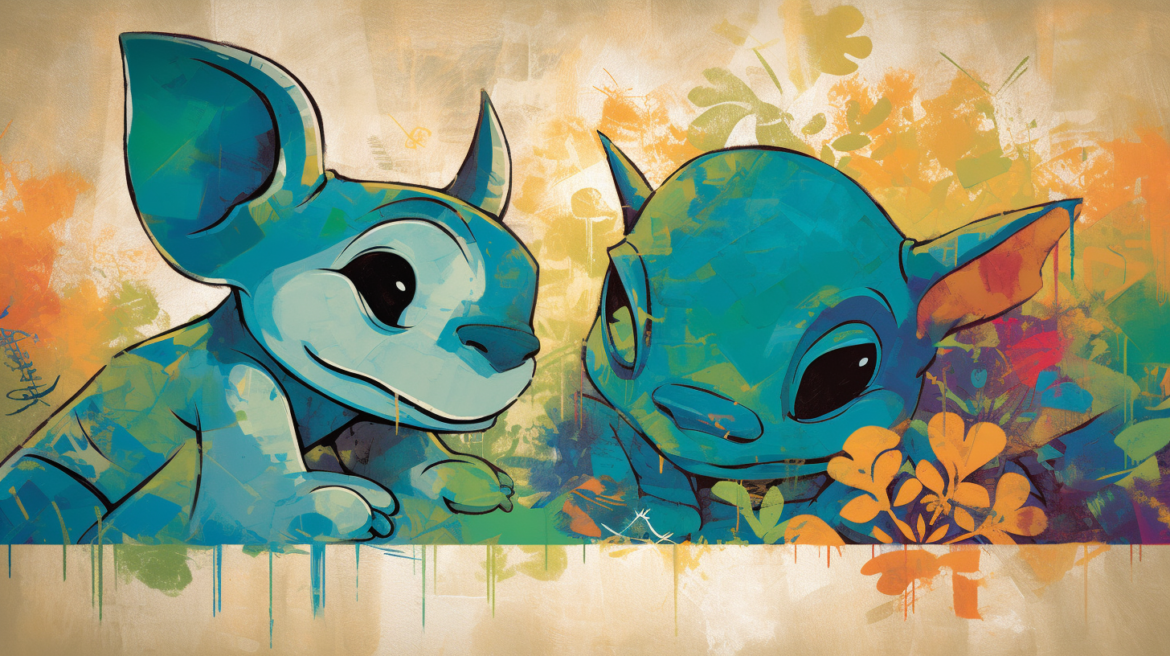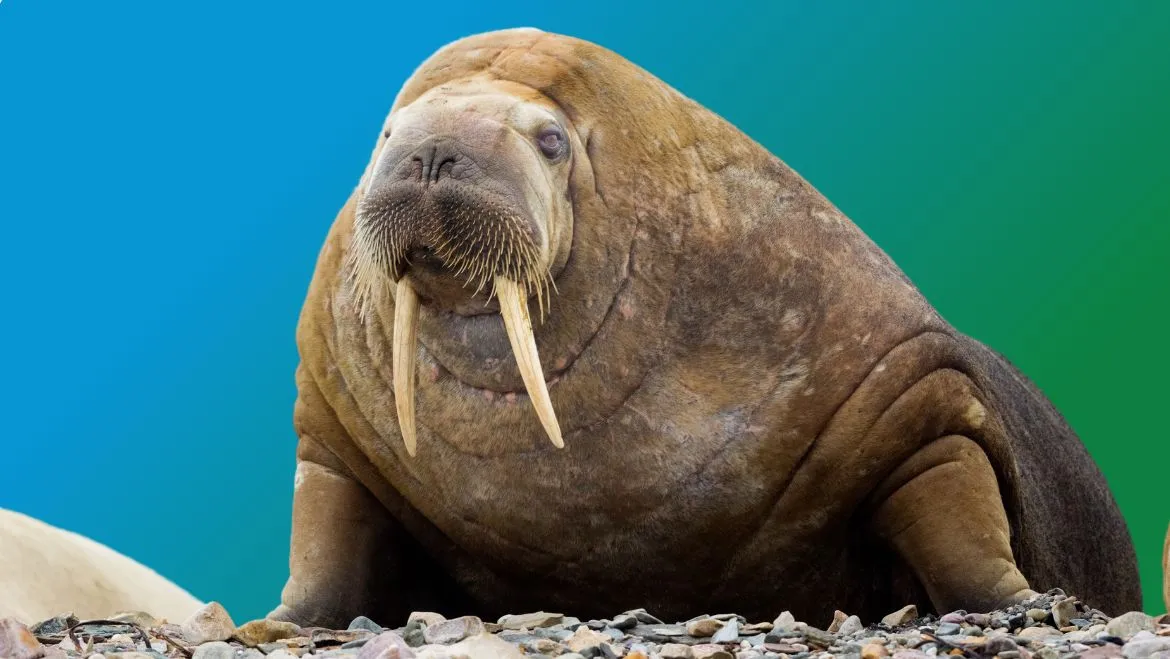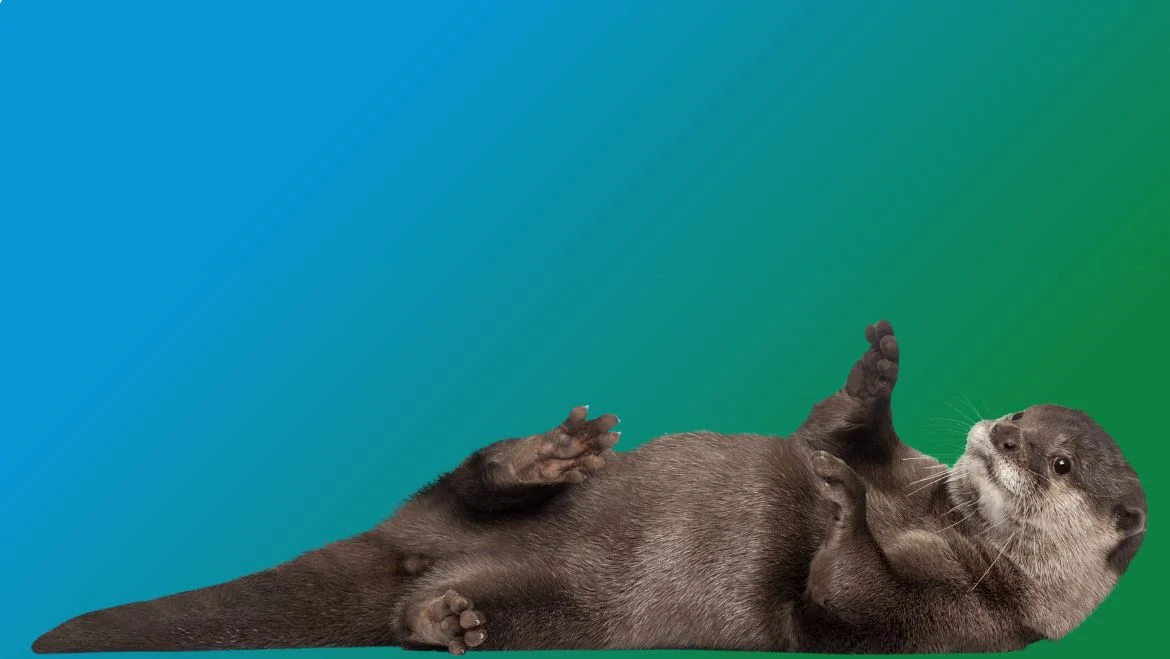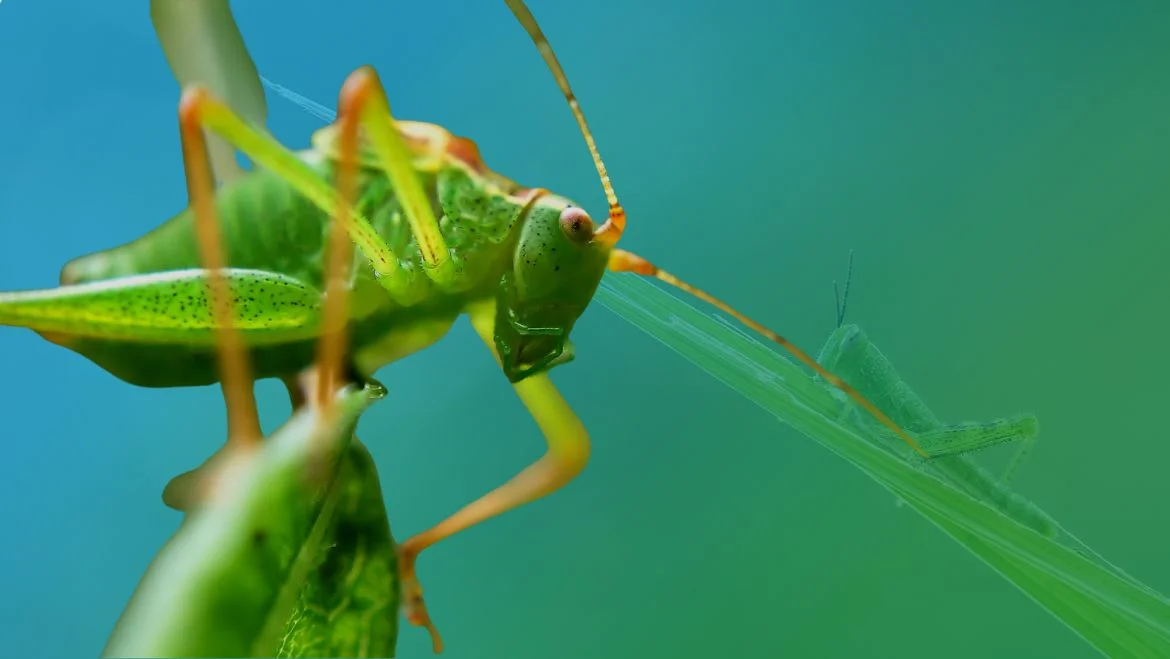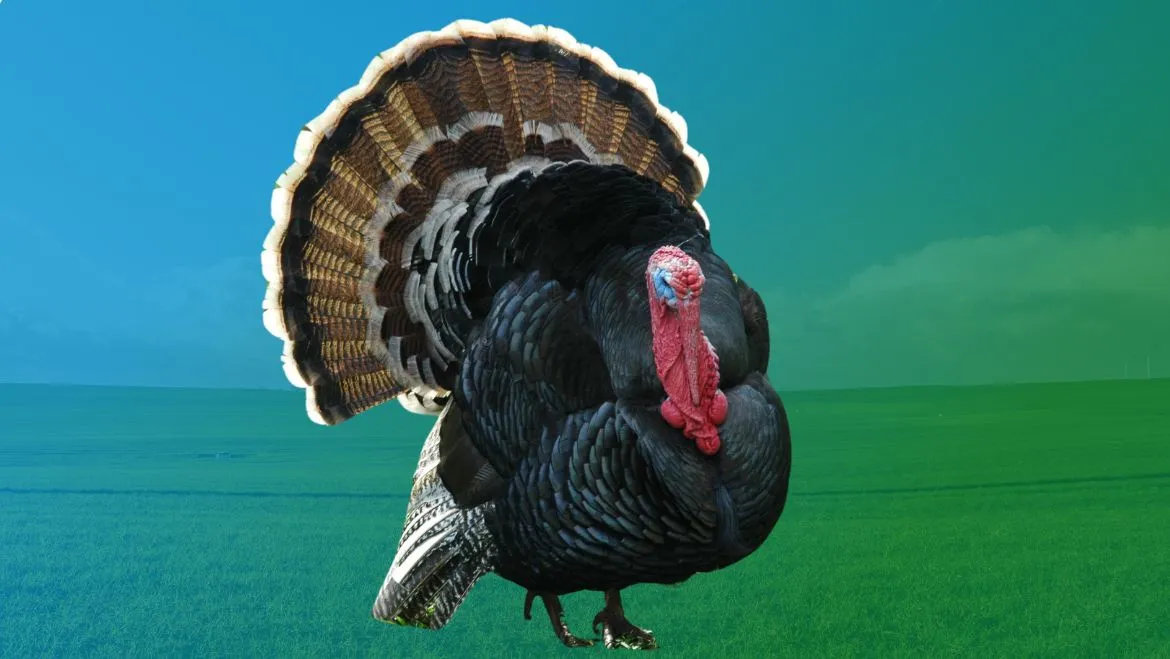When we think of Disney movies, we often imagine laughter, adventure, and a few tears. But sometimes, a story goes deeper. It touches something raw inside us — something we may not even have words for. Lilo & Stitch is one of those stories. It’s a powerful story about how love and connection can bring even the most lost among us back home.
This article explores how the movie reflects real principles of emotional healing, especially ideas found in therapy and NLP — Neuro-Linguistic Programming — a method that helps people understand how language and thought patterns shape how they feel and act.
Lilo: A Child Carrying Invisible Pain
Lilo has lost her parents. She’s being raised by her older sister Nani, who is doing her best to hold their fragile world together. Lilo doesn’t fit in with other kids. She lashes out. She escapes into music and fantasy. t’s what it looks like when a child is overwhelmed and doesn’t yet have the words or support to process her emotions.
Lilo doesn’t need to be fixed. She needs to be seen, heard, and accepted. And she needs space to express what’s going on inside — even if it doesn’t make sense to others yet.
Stitch: The Creature Who Was Built to Destroy
Stitch is an alien creature who was engineered to destroy everything around him. When he crash-lands on Earth, he doesn’t understand feelings, relationships, or consequences. He reacts with fear, aggression, and confusion.
But everything begins to change when Lilo chooses him. She gives him a name. She offers him a home. And, slowly, Stitch begins to act differently — because someone believes he can.
This reflects something important in both therapy and life: behavior is not the problem — it’s a message. Even when someone acts in destructive ways, it’s often just a sign that they’re scared, hurt, or protecting themselves. Healing begins when someone creates enough safety for a new kind of behavior to emerge.
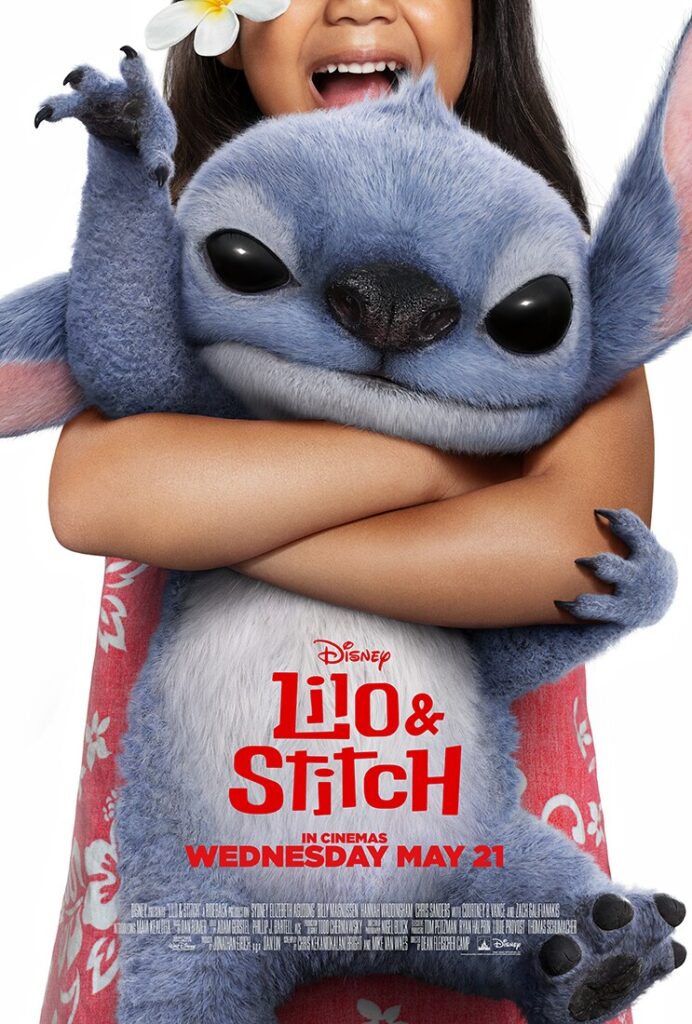
Words That Reshape the Mind
One of the most powerful lines in the movie is:
“‘Ohana means family. Family means nobody gets left behind… or forgotten.”
In NLP, this kind of phrase is called an anchor — a word or sentence that connects us to a certain emotion or belief. In this case, ‘ohana becomes a word that helps Stitch reimagine who he is and what’s possible for him.
At first, he doesn’t believe it. He doesn’t know what family is. But Lilo repeats it. She lives it. And slowly, Stitch begins to see himself not as a monster, but as someone who belongs.
This mirrors the way belief systems can shift in real life. When someone repeatedly hears and experiences a new message — especially in a safe environment — their sense of identity can begin to change. They begin to form new internal patterns. They see themselves differently.
Healing Happens in Relationship
There’s a therapeutic concept called co-regulation. It means that we often learn how to manage our feelings — especially strong or scary ones — through close, caring relationships.
Stitch doesn’t heal in isolation. He heals because Lilo stays close to him, even when he’s messy. He learns how to calm down by being around someone who stays calm. This is what so many people need: not advice, not punishment, but a steady presence. Someone who says, “I’m not leaving, even when you’re at your worst.”
Stitch is a Symbol of Change
By the end of the film, Stitch is no longer “Experiment 626.” He is Stitch — a name that means to connect, to sew things together. That’s what healing is. It’s not becoming perfect. It’s slowly stitching the pieces of your life back together — with help, with love, and with time.
What We Can Learn
- You are not your worst moments. Like Stitch, you may have been shaped by chaos or fear — but that is not your full story.
- Healing takes time and relationship. Lilo doesn’t give up on Stitch. And sometimes, we need to be that kind of person — for others, and for ourselves.
- Words matter. The stories we tell ourselves shape how we see the world. A new story, repeated with care, can change everything.
- Belonging is a form of medicine. ‘Ohana isn’t just about blood — it’s about choosing to stay, to include, and to see each other with compassion.
What is NLP?
NLP (Neuro-Linguistic Programming) is a method that explores how our thoughts, language, and behaviors are connected. It helps people understand the patterns they use to make sense of the world — especially the words they say to themselves and others — and shows how changing those patterns can improve emotions, relationships, and decision-making. In simple terms, NLP teaches us how to “reprogram” our minds by shifting how we think and speak, so we can feel better and live more effectively.
The Shamanic View
From a shamanic perspective, stories like this act as modern-day myths — mirrors that reflect the inner journey of the soul. In shamanic practice, healing often begins when we acknowledge the parts of ourselves that have been exiled — the wild, misunderstood, or wounded aspects. Stitch, as a creature cast out and feared, symbolizes these shadow parts. Lilo, through love and acceptance, becomes a healer — not with medicine or rituals, but with presence, care, and naming. The story becomes a kind of initiation — one where chaos meets compassion and begins to transform.
*The artwork is a personal interpretation of characters owned by Disney. It is shared here for educational and non-commercial purposes only.
